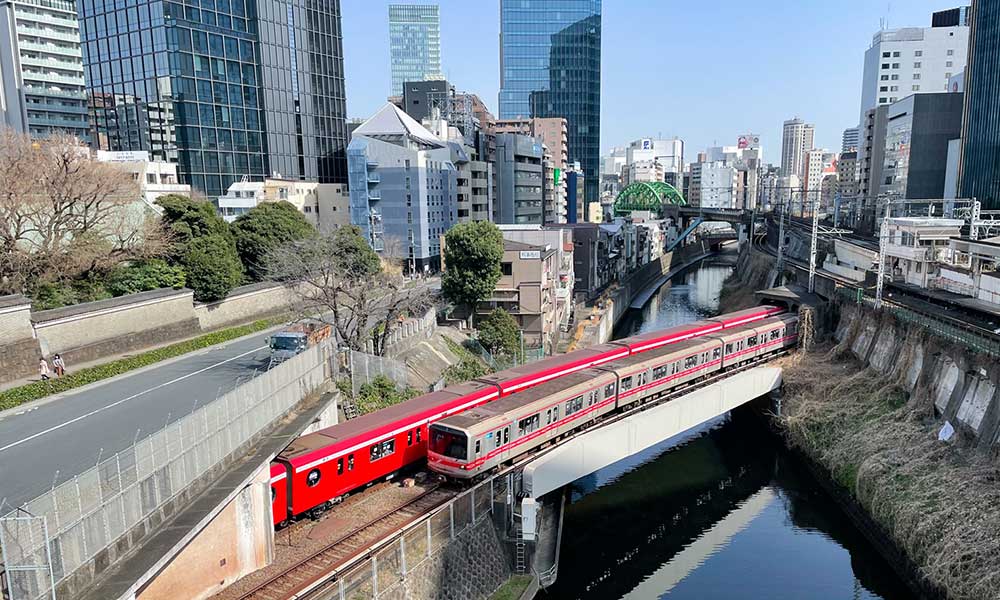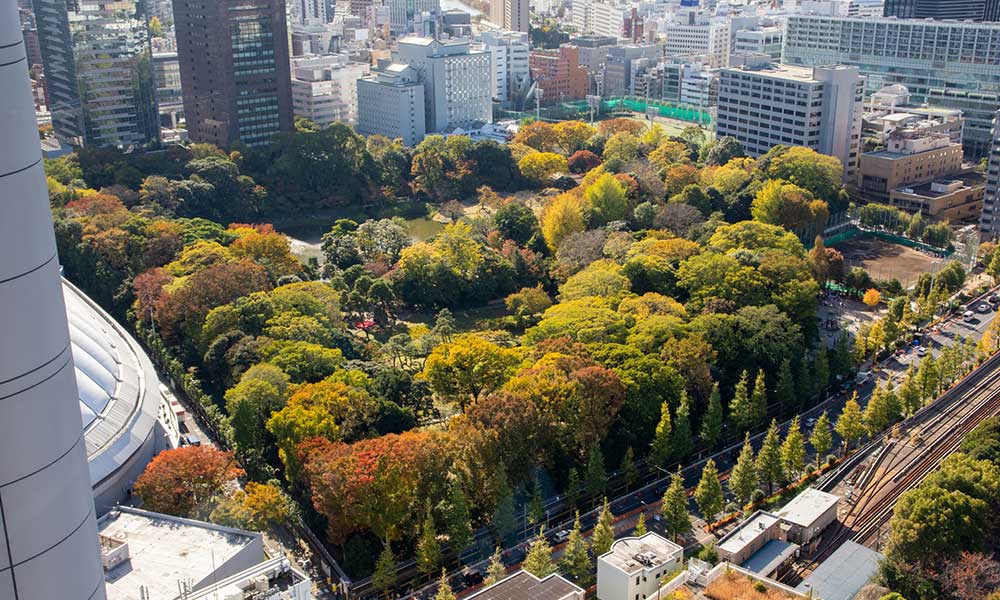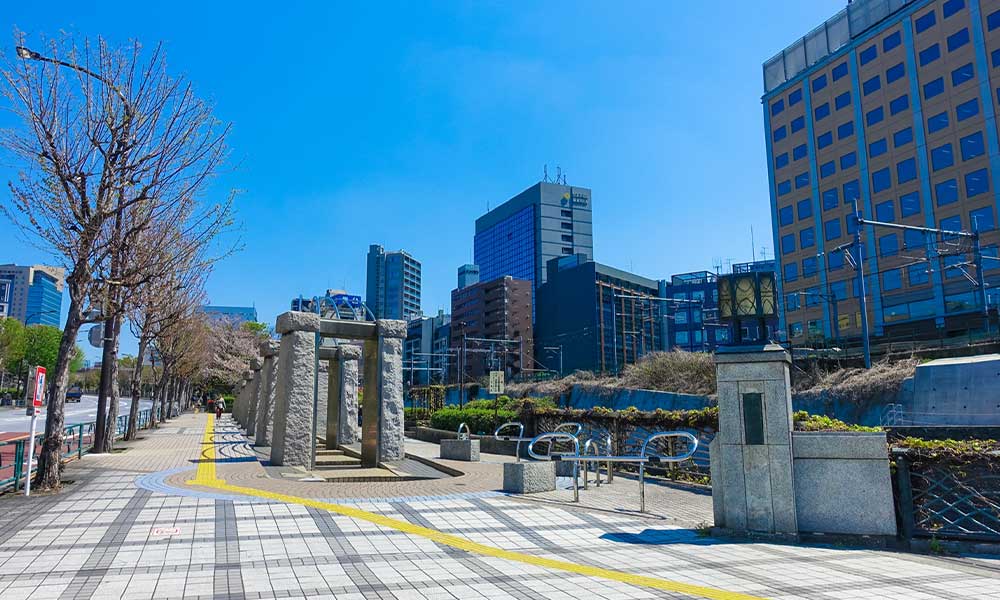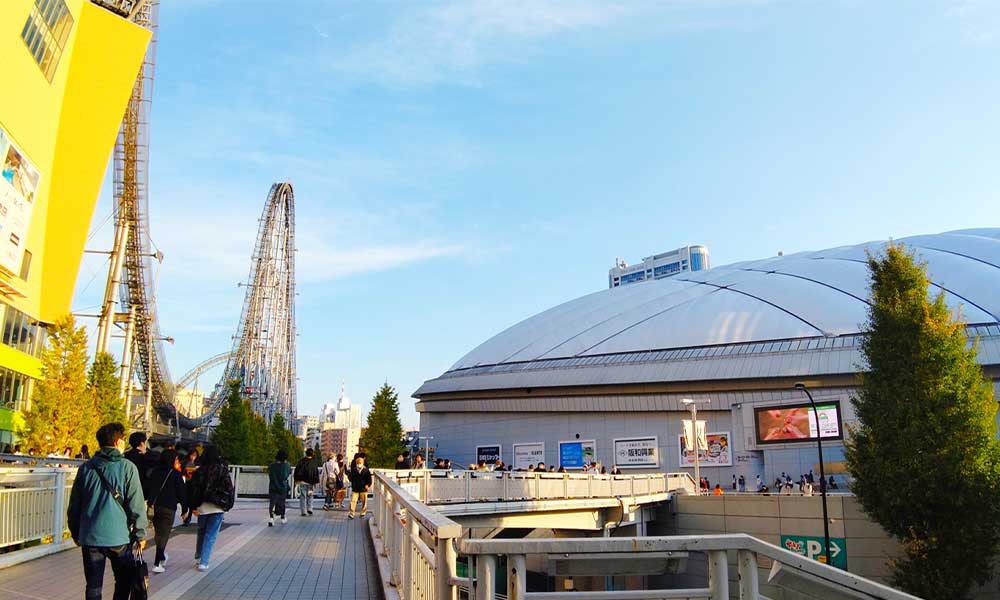Bunkyo Ward, Tokyo東京都文京区
Living in Bunkyo Ward, Tokyo

We have Summarized the livability of Bunkyo Ward, Tokyo.
23 WARD AREA23区地域
-
- CHIYODA WARD 千代田区
-
- CHUOU WARD 中央区
-
- MINATO WARD 港区
-
- SHINJYUKU WARD 新宿区
-
- BUNKYO WARD 文京区
-
- TAITO WARD 台東区
-
- SUMIDA WARD 墨田区
-
- KOTO WARD 江東区
-
- SHINAGAWA WARD 品川区
-
- MEGURO WARD 目黒区
-
- OTA WARD 大田区
-
- SETAGAYA WARD 世田谷区
-
- SHIBUYA WARD 渋谷区
-
- NAKANO WARD 中野区
-
- SUGINAMI WARD 杉並区
-
- TOSHIMA WARD 豊島区
-
- KITA WARD 北区
-
- ARAKAWA WARD 荒川区
-
- ITABASHI WARD 板橋区
-
- NERIMA WARD 練馬区
-
- ADACHI WARD 足立区
-
- KATSUSHIKA WARD 葛飾区
-
- EDOGAWA WARD 江戸川区
CONTENTS
- What kind of place is Bunkyo Ward, Tokyo?
- Bunkyo WardPR video
- How is the traffic situation in Bunkyo Ward?
- How are the rent and land prices in Bunkyo Ward?
- How is childcare and education in Bunkyo Ward?
- How about shopping in Bunkyo Ward?
- How about jobs and recruitment in Bunkyo Ward?
- Bunkyo Ward’s unique subsidy/subsidy system
What kind of place is Bunkyo Ward, Tokyo?

Bunkyo Ward is a culturally rich and livable city with the Tokyo Dome and the University of Tokyo.
Bunkyo Ward is located slightly northwest of the center of Tokyo’s 23 wards, and has an area of approximately 11.29 square kilometers.
It borders Kita Ward to the north, Arakawa Ward and Taito Ward to the east, Chiyoda Ward to the south, and Toshima Ward and Shinjuku Ward to the west.
It has a population of approximately 229,000 and approximately 126,000 households. (As of January 2023)
Bunkyo ward is an undulating, hilly region made up of lowlands created by the Edogawa and Senkawa rivers, and several valleys surrounded by plateaus.
Bunkyo ward was created in 1947 when the former Koishikawa and Hongo wards merged.
The name “Bunkyo” was chosen to reflect the ward’s character as the “City of Learning.”
As the characters “Fumi (min) no Miyako (Kyoto)” suggest, many schools were established here during the Meiji period, including the University of Tokyo, and it is also known as the base of operations for many great writers, including Mori Ogai, Natsume Soseki, and Miyazawa Kenji.
In addition, Bunkyo Ward is home to many historic shrines and buildings, including Nezu Shrine and Gokokuji Temple.
The ward is also home to Japanese gardens built during the Edo period, such as Koishikawa Korakuen and Rikugien, making it a city where you can enjoy cultural assets and nature while still being in the city.
In addition, Tokyo Dome City, a complex that includes Tokyo Dome, famous as the home stadium of the Yomiuri Giants, an amusement park, a hotel, a spa, and more, is a popular tourist spot in Bunkyo Ward.
The most well-known event is the Bunkyo Five Great Flower Festivals, which consists of the Plum Festival, Cherry Blossom Festival, Azalea Festival, Hydrangea Festival, and Chrysanthemum Festival. This festival allows you to enjoy nature and flowers throughout the seasons, and is held by the local tourist association and shopping district, helping to promote the shopping district.
PR video of Bunkyo Ward, Tokyo
Bunkyo Ward – A city where connections can be found –
Welcome to Literature City
How is the traffic situation in Bunkyo Ward?

There are 6 train lines and 14 stations that pass through Bunkyo Ward.
| Korakuen Station | Tokyo Metro Marunouchi Line・Tokyo Metro Namboku Line |
| Sendagi Station | Tokyo Metro Chiyoda Line |
| Hongo-sanchome Station | Tokyo Metro Marunouchi Line・Toei Oedo Line |
| Edogawabashi Station | Tokyo Metro Yurakucho Line |
| Myogadani Station | Tokyo Metro Marunouchi Line |
| Kasuga Station | Toei Mita Line・Toei Oedo Line |
| Yushima Station | Tokyo Metro Chiyoda Line |
| Honkomagome Station | Tokyo Metro Namboku Line |
| Toudaimae Station | Tokyo Metro Namboku Line |
| Sengoku Station | Toei Mita Line |
| Hakusan Station | Toei Mita Line |
| Nezu Station | Tokyo Metro Chiyoda Line |
| Gokokuji Station | Tokyo Metro Yurakucho Line |
| Shin-Otsuka Station | Tokyo Metro Marunouchi Line |
Although most of Bunkyo Ward is inside the Yamanote Line, there is not a single JR station.
However, in neighboring wards, there are major stations such as Ochanomizu Station, Korakuen Station, and Suidobashi Station, which are within walking distance, so there is no inconvenience.
Toei buses operate in Bunkyo Ward. In addition, the community bus “B-guru” also operates in the ward’s major spots, and is an important means of transportation for ward residents.
There are two highway entrances and exits in Bunkyo Ward: Waseda IC and Gokokuji IC on the Metropolitan Expressway Route 5 Ikebukuro Line.
Crossing the southwest of Bunkyo Ward, the Gokokuji entrance is at Mejirodai from the Ikebukuro direction, and the Waseda exit is at the border with Shinjuku Ward.
Major roads include National Route 17, which runs from around Ochanomizu through the center of the ward as Hongo-dori, Kyu-Hakusan-dori, and Hakusan-dori, heading towards Sugamo and continuing on to Niigata City, and National Route 254, which passes through the Hongo 3-chome intersection towards Ikebukuro and Kawagoe, passing through Gunma Prefecture and continuing on to Nagano Prefecture.
There are multiple train lines, making it convenient to get to anywhere.
For cars, the roads are narrow in many places and parking fees are high.
How are the rent and land prices in Bunkyo Ward?

Bunkyo Ward: A quiet residential area with old streetscapes
According to information from a real estate information website, the average rent in the ward for a newly built apartment within a 10-minute walk from the station is about 108,000 yen for a 1K and 234,000 yen for a 2LDK.
The average land price per tsubo is about 4.51 million yen per tsubo.
The average price of a newly built apartment is 87.42 million yen, the average area is 60.54 m2, and the average price per tsubo is 4.774 million yen per tsubo. (As of 2018-2022)
How is childcare and education in Bunkyo Ward?

Bunkyo Ward: A city with many academic facilities, including the University of Tokyo
Bunkyo ward has 47 nurseries, 27 kindergartens, 24 elementary schools, 28 junior high schools, 26 high schools, 29 junior colleges and universities, and 11 vocational schools.
The “Children’s Medical Expense Subsidy” covers children up to 18 years old (as of March 31 after they reach 18 years old) for both outpatient and inpatient care, and fully subsidizes all medical expenses.
Child allowances are provided: 15,000 yen for children under 3 years old, 10,000 yen for the first and second children aged 3 years old or older and not yet entering elementary school, 15,000 yen for the third child and onwards, and 10,000 yen for junior high school students.
Bunkyo Ward also offers a wide range of unique support.
The Neubora Project is a project that creates a system to support pregnant women and their families in a more familiar environment by providing seamless support from pregnancy to childbirth and the child-rearing period.
Specifically, it is a system in which public health nurses and other child-rearing professionals act as maternal and child health coordinators, and can provide advice on worries during pregnancy and child-rearing after childbirth, and participate in child-rearing courses and demonstrations. In addition, as an exchange project, it provides a place for parents to interact with each other and plans various classes, making it a support project for child-rearing.
The First Birthday Support Project is a system where families who live in the ward and have a child who is about to turn one year old can receive a childcare package by answering a questionnaire. The package includes a gift certificate worth 10,000 yen for the first child, 20,000 yen for the second child, and 30,000 yen for the third child and beyond. The program also provides information on childcare support, grasps the situation of families, and provides consultation support.
As its name suggests, Bunkyo Ward has many educational institutions, including many famous kindergartens and schools.
There are many prestigious universities in particular, and since there are affiliated schools for junior and senior high schools, it is not uncommon for students to transfer to the area in order to attend these schools.
This is a recommended area for families looking for a high-quality educational environment.
There are many high-quality educational institutions, both national and private, giving you a wide range of options.
Many households send their children to private schools from junior high school onwards, which increases education costs, including tuition fees for cram schools.
How about shopping in Bunkyo Ward?

Bunkyo Ward is a city with many supermarkets and other shops that are essential to daily life.
Although there are no large shopping malls in Bunkyo Ward, there are several old-fashioned shopping streets and supermarkets, so you won’t have any trouble buying daily necessities.
My Basket is a small urban food supermarket with 26 locations in the ward. Many of the stores are open from early morning until late at night, and the prices are reasonable, making them popular with locals.
There are also supermarkets that are open 24 hours a day, such as Daiei Koishikawa Store and Supermarket Ricos, so you can shop without worrying about the time.
Near Haruta Station, there is a supermarket called “Queens Isetan Koishikawa Store” that sells high-quality ingredients, so you can choose where to buy depending on your needs.
“LaQua” is a facility located inside Tokyo Dome City, and includes fashion, restaurants, drugstores, spas, and more. It is a complex that you can easily drop in to after having fun at the amusement park and sports facilities located next to it.
“Metro M Korakuen” is a station building directly connected to Korakuen Station, and is a complex building that includes restaurants, drugstores, and more.
Bunkyo Green Court is located near Sengoku Station and is a complex consisting of office buildings, apartments, commercial buildings, fitness facilities, and more, housing restaurants, bookstores, and more.
Many supermarkets are open until late at night, making it convenient to stop by on your way home from work.
Prices are generally high. There are few large, inexpensive supermarkets, and almost no shopping malls.
How about jobs and recruitment in Bunkyo Ward?
Bunkyo Ward is home to a wide range of businesses, from publishing to medical-related businesses.
The average annual salary in Bunkyo Ward is 6.24 million yen.
There are many publishing companies in Bunkyo Ward, and the Otowa to Edogawabashi area in particular is lined with numerous companies, from large printing companies to small and medium-sized printing and bookbinding-related businesses.
The Hongo and Yushima areas are famous as medical towns, with a thriving medical equipment and pharmaceutical industry, due to the concentration of medical institutions such as university hospitals. In recent years, the area has seen an increase in university-based venture companies.
Bunkyo Ward, Tokyo’s unique subsidy/subsidy system
Bunkyo Ward, Tokyo’s unique housing assistance and subsidy system
| Housing renovation subsidy for the elderly |
| Safe Housing System Subsidy |
| Relocation Support Business |
| Subsidy for relocation expenses, etc. |
Bunkyo Ward, Tokyo’s unique childcare support system
| Child medical expenses subsidy Medical Expense Subsidy for High School Students |
Bunkyo Ward, Tokyo’s unique system for further education and tuition assistance/subsidies
| School support Provision of supplies for new elementary school students Bunkyo City Elementary and Junior High School Lunch Subsidy Subsidy Program |
























